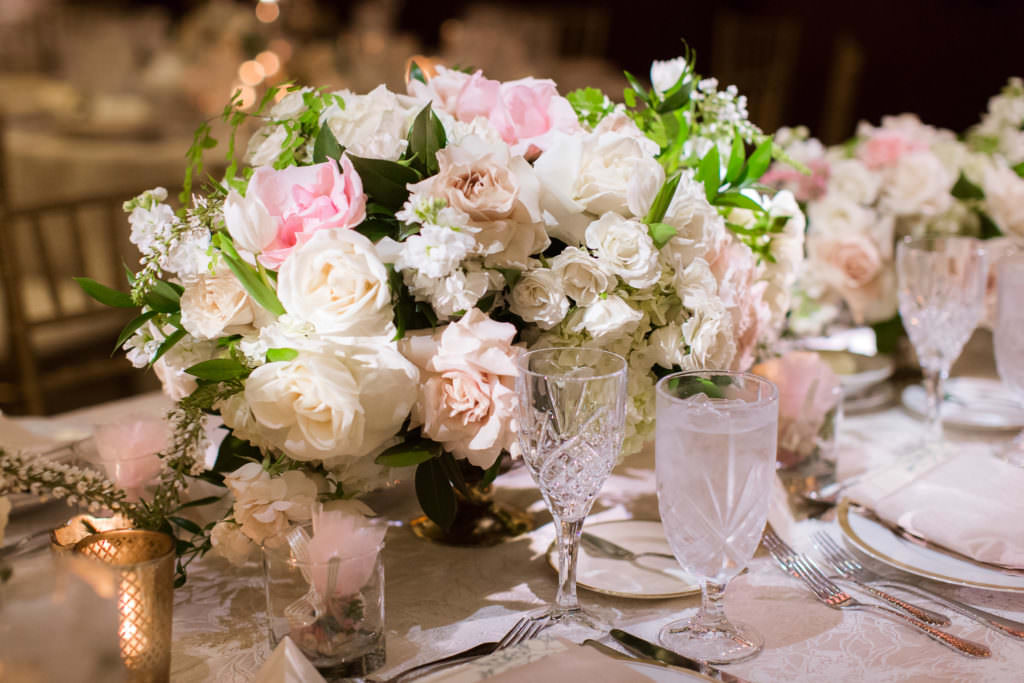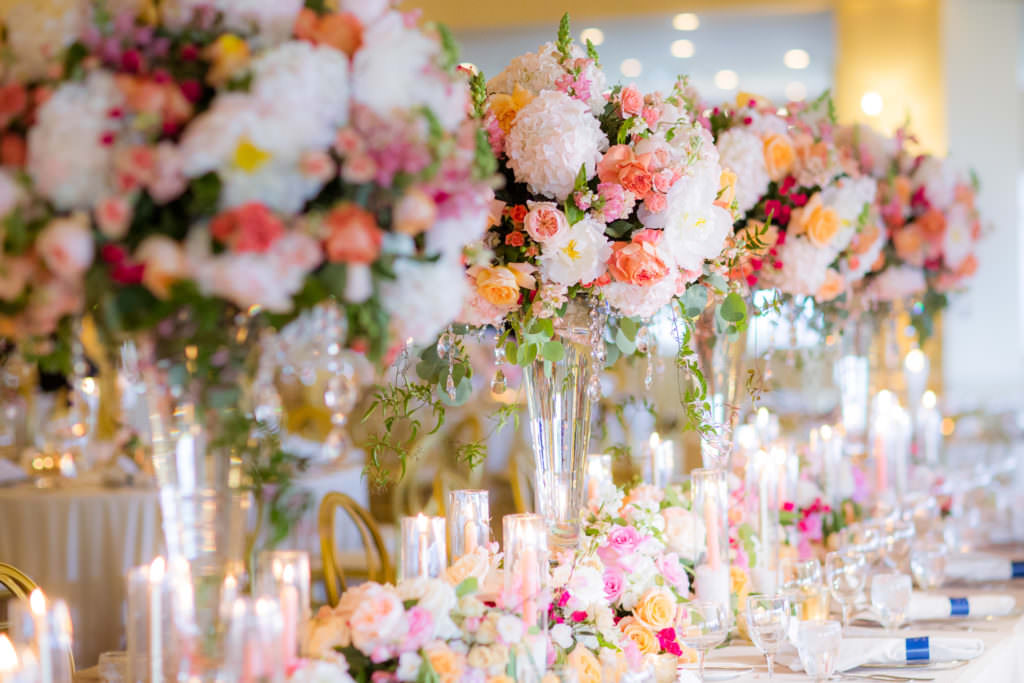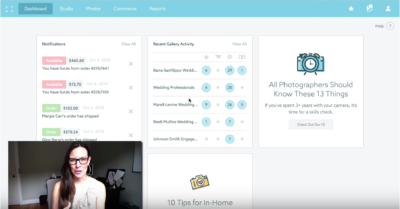One of the topics that we get asked most about (and I mean most by a long shot) relates to how folks should price themselves in their photography business.
And I get it. there’s an authentic felt need for photographers to “get everything together” in order to book clients, make ends meet, and become profitable.
But it’s hard to find solid advice in a one-size-fits-all sort of way because everybody is so different.
Every photographer operates a different business – different goals, different struggles, different dreams.
So instead of spending time today talking about percentages, costs, and markups, I thought it would be helpful to instead talk about the “whys” behind pricing, and then leave you with some links to some of the “hows” as far as numbers go.
Sound good?
Note: this is going to be a bit of a long post – but that’s because there’s a lot to talk about. So grab your coffee, sit back, and settle in.
It’s Not About the Numbers
When it comes to pricing, the first thing people tend to look at are the numbers, which I think is a mistake.
Because the markets have dramatically changed in recent years, we’ve become largely focused on dollars and cents, trying to stay afloat in the economic climate.
But in reality we should be focusing on something completely different.
We need to be focusing on providing value in exchange for dollars.
So the real discussion on pricing isn’t about the numbers – it’s about creating value that EXCEEDS the numbers.
So before I launch into concrete pricing models, I’m going to talk about three areas of your business in which you should be creating value that exceeds your pricing:
- In the images you take
- In the service you provide
- In the experience you create
1. The Images You Take
Sure, you could build a gigantic marketing machine of a business and let your images fall by the wayside, but that’s not good for you, your clients, and the industry as a whole.
So the first place that value needs to be created in your business is in your images.
Your photography has to be quality work. But beyond being just high quality, you have to be able to do it over and over and over again.
David Giffin said at a TED conference:
“Every one of us has at least one or two great photographs in them. But to be a photojournalist, you have to have more than just one or two great photographs in you. You’ve got to be able to make them all the time.”
So you need to be able to consistently create fantastic images from your shoots, day in and day out, under constantly changing and challenging conditions.
In other words, your skills should match up with what you’re charging.
Your clients need to be able to look back at the images you produced and say, “that was worth every penny I paid, and more.”
2. The Service You Provide
The second area that you can create value for your clients in is in the customer service you provide.
This is a relatively simple area in which to create value, and this idea really centers upon setting expectations for your clients and then exceeding them.
This means that you tell your clients that their images will be ready in 6 weeks, but then delivering a final product in 3 weeks instead.
It also means having clear, consistent communication throughout the whole process so your client knows exactly what’s going on and when.
Every interaction with the service portion of your business should ADD to the customer experience and not DETRACT from it.
Answer your phone, call clients back quickly, answer e-mails in a prompt fashion, and deliver everything on time, if not early. That’s how you create value in the service you provide.
3. The Experience You Create
This third area is probably the most fun, at least I think so.
Your clients are really paying you for the experience that you’re creating, both in customer service and the finished product.
Think about Apple products, for example. When you buy a brand new iPad, you’re not just buying the device. You’re buying an experience.
The experience of going to the store, talking with the employee, going through the transaction, walking proudly out of the store, opening the box, and turning on the device.
It’s all part of the experience, and each part of the experience works to make the final product more valuable.
[clickToTweet tweet=”Each part of your client’s amazing experience with you makes your final product that much more valuable.” quote=”Each part of your client’s amazing experience with you makes your final product that much more valuable.”]
So with the experience you create, what are you doing to break the experience down to meaningful touch points?
Maybe gifts are your thing.
Or handwritten notes.
Or flowers delivered to your clients on their birthday.
If you’re out to create value, then you need to make sure your interaction makes the experience better every step of the way.
So how do you do this?
My friend Dane suggests that to be successful in this area we need to:
“Be the invitation to others, that we would want for ourselves.”
In other words, how would YOU feel special/valued/important/unique? What do people do for you that floors you and makes you stoked?
Start there.
Do that for your clients, as you learn about your ideal clients and what they value and appreciate about you.
So what?
You get it – we need to create value in everything we do, and the value we create needs to exceed the price/fee we charge.
Now let’s talk about the different ways for you to actually present your value/pricing to your clients.
But before you go anywhere, remember simplicity.
Remember:
- The importance of not creating confusion in your pricing with unnecessary bells and whistles
- You are not designing your business for everyone, but rather a very specific subset of the population. (Ahem… your Dreamies.)
I think photographers overcomplicate pricing more than anything else, so if you can take these two points and use them as the lens through which you view your pricing, you’ll have a much easier time booking clients.
Three Pricing Models
There are three basic models you could use to set up your pricing for your business.
One isn’t better than another, but the important thing is to think about how you could use one of these to create the most value for your clients (in terms of simplicity, ease of understanding, etc).
I have to give a big shout-out to my friend Jared Bauman for taking some time to help me understand the difference between these models, specifically the difference between the a la carte and up-sell models.
1. A LA CARTE
What it is: The A la Carte model is designed to let the client choose exactly what they would like, on their terms. Each offering within the model is independent of the others – that is, if the client chooses one option over another, you’re happy no matter what.
Value it brings: Clients who know exactly what they want can get exactly what they want, with minimal effort.
2. THREE PACKAGE MODEL
What it is: The most common model used by photographers – three packages (or five packages) with a definite “middle” package. You use the lower and higher packages to guide the buyer to purchase the middle package, which often builds in the highest profit percentage, and gives the client the most value for their dollar (a win-win).
Value it brings: Clients who like others to put things together for them. It takes the guesswork out of the package building – they simply choose the package that best fits their wants/desires.
3. SESSION FEE / UPSELL
What it is: Different from the A la Carte model in that you’re relying on an upsell in order to make your living. In other words, if the client doesn’t buy more than the initial offering, you are losing out. There are two ways of implementing this method: a low session fee with a focused upsell OR a high session fee and a less focused upsell. With either variation you are relying on some sort of upsell later.
Value it brings: Low Session Fee / High Upsell Value. It offers a low initial investment at a time when the client may not be able to afford as much, then the photographer is given the chance to prove the value of his/her product and then gives the client the opportunity to purchase more later.
If you’re still with me, give yourself a big pat on the back!
Before we close, there’s one more thing that I’d like to talk about, and I think that it’ll make a nice bookend for this whole discussion.
I know we’ve been very abstract in our talk thus far, and not really focused in on hard numbers (and by this point you should probably realize that this is because pricing isn’t about the numbers), BUT I think some sort of guidance is in order.
The Dollars and Cents
Once you’ve thought about your value (and how you give your clients the most value possible), you’ve got to figure out how to actually price yourself.
I think the knee jerk thing to do is to Google your competitors, find out what they charge, decide that it sounds good, and start charging that price.
I want to strongly urge you to not go down that road.
It’s not that I don’t think you should come up with a workable number for your market – you should choose a starting point that fits with your ideal clientele – but I want to encourage you to FIRST do some homework, so you can have a basis on where that number comes from.
This way, when clients push back and want some sort of “deal” you can actually know empirically why your numbers are important.
In other words, you need to know your costs in a very specific manner.
Not only the cost of the products you’re selling (albums, prints, canvases, etc.) but also your costs for the intangibles you’re selling – your time, service, and images.
The biggest mistake I see a lot of folks making is simply not knowing what it actually costs them to operate their business. And further what it costs them to pick up their camera, walk out the door, and shoot.
Because even in this digital era, shooting isn’t free (your shutter will break after 300,000 or so frames… and how much does that cost to fix? Can you do the math to figure out what each frame costs you?).
Sit down with a pen and paper and actually write down all your business costs (rent, insurance, capital purchases, editing, album design, printing, association fees, etc).
Once you figure this out, you’ll be able to divide this number by the number of events you shoot in a year and come up with an hourly cost of doing business.
This should serve as a basis upon which you build everything else.
One of the biggest reasons small businesses fail is because they fail to become profitable, and having a solid knowledge of what it costs to operate is the first step to being profitable.
Increase your value, don’t decrease your pricing
Hopefully this post was helpful to you, and more than anything I hope it at least got you thinking about how to INCREASE your value as opposed to DECREASING your pricing.
[clickToTweet tweet=”Focus on increasing your value, instead of decreasing your pricing.” quote=”Focus on increasing your value, instead of decreasing your pricing.”]
The people that will weather the storm are the folks who are providing ever-increasing value to their clients.
Cheers,
Jeff



















